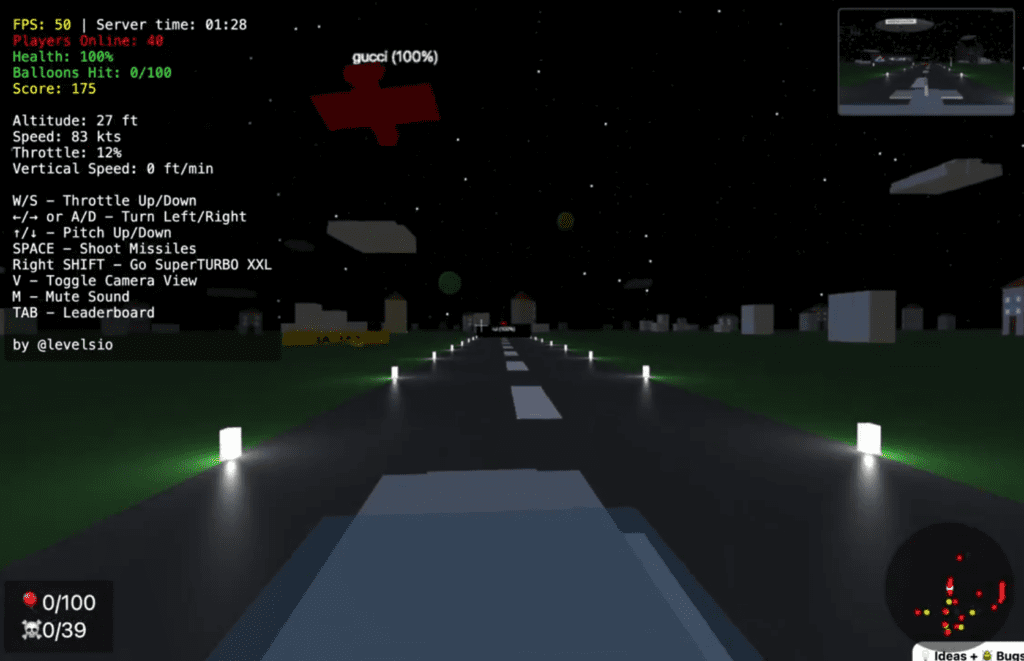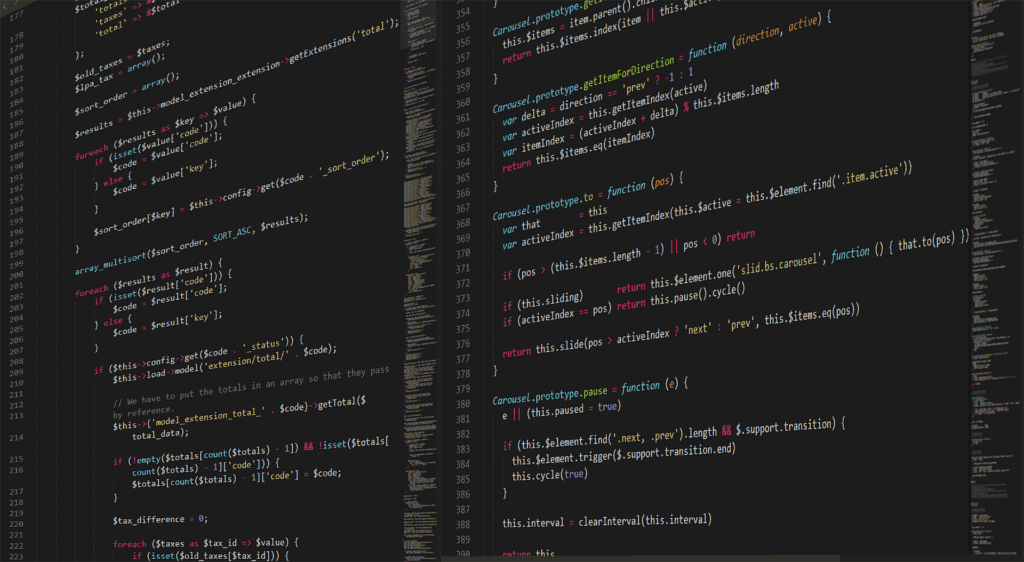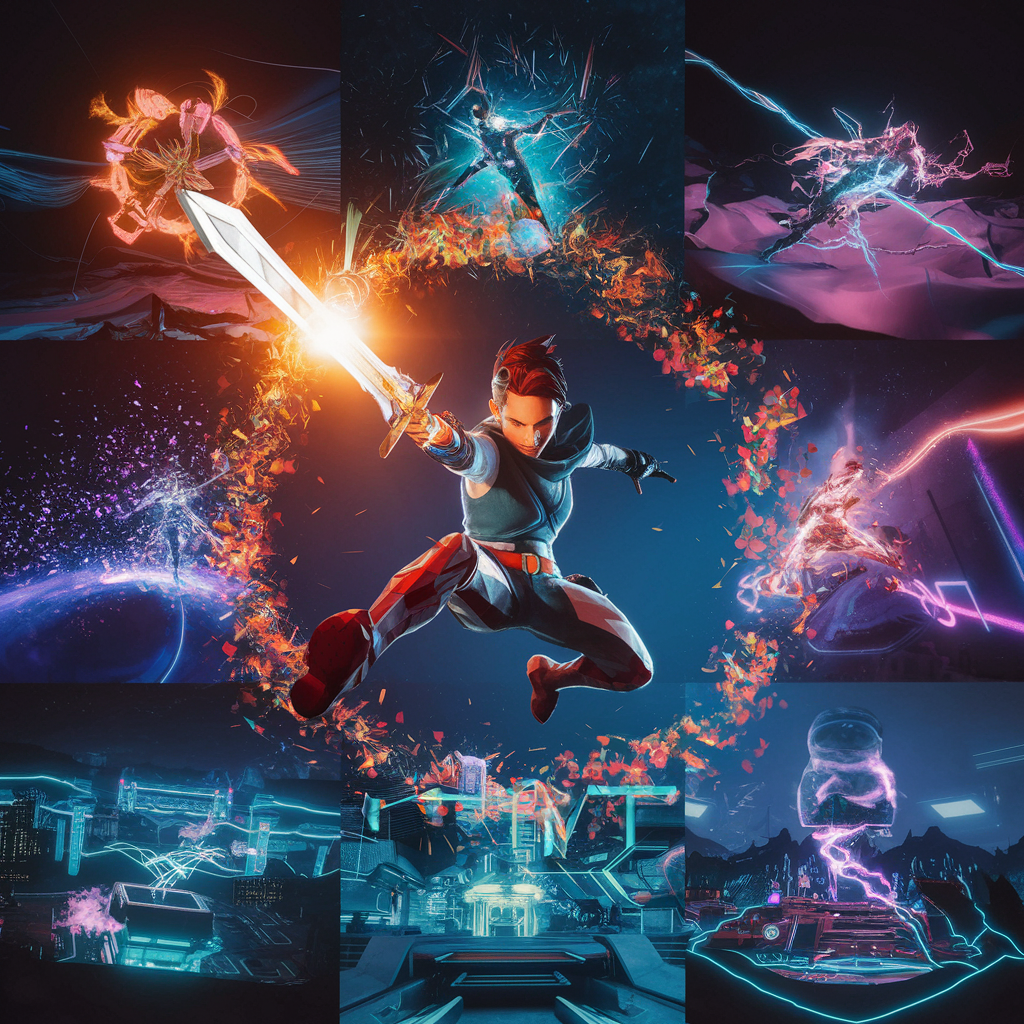Think back to the golden age of Flash games, those browser-based gems that kept us entertained for countless hours during very productive time online.
Games like Kitten’s Game with its deceptively deep resource management, the original Bloons tower defense that launched a franchise, or the utterly bizarre and yet compelling Anti-Idle: The Game. And who can forget the endless libraries of games on sites like Kongregate, Newgrounds, and Armor Games? Nostalgic, yes?
Now, imagine that same instant accessibility, that same “click and play” convenience, but cranked up to three dimensions. Full 3D worlds rendered right in your browser without installations. Impressive, right?
But is 3D web game development actually a thing? This article will answer that, briefly examine the tools involved, and explain why they probably won’t get popular any time soon.
3D web game development: is it actually a thing?

Yes, 3D web game development is genuinely possible and becoming increasingly workable. You can create complete 3D experiences that run directly in a web browser and that’s pretty remarkable.
However – and this is a big caveat – while technologically within reach and getting easier, it’s still a decidedly niche approach compared to conventional game development pipelines, and there are very valid reasons for that (we’ll explore them later, don’t worry).
The magic behind this is WebGL. Essentially, it’s what gives JavaScript (Js), the language that powers the interactive web, the muscle to command your GPU. This means JavaScript can now render complex 3D graphics, in real-time, right there in your browser.
Factor in the leaps in JavaScript engine performance over recent years, and the vision of rich and immersive 3D experiences in a browser starts to solidify from a distant concept into a tangible reality.
Tools and technologies for creating 3D web games

For those venturing into 3D web game development, a well-defined toolkit is essential. While distinct from traditional game engines, a range of accessible and often open-source resources are available.
The fundamental technology is the aforementioned WebGL. Direct WebGL coding is possible, but, for efficient game development, taking advantage of higher-level libraries and engines built upon it is recommended.
JavaScript 3D libraries offer a more streamlined approach. Three.js is a popular choice, particularly for those beginning with 3D web game development. Its strengths include relative ease of use, a substantial community for support, and adaptable functionality.
Three.js functions primarily as a library, providing tools for 3D rendering, scene management, and animation, requiring developers to structure game logic and architecture independently.

Babylon.js, in comparison, is often characterized as a more comprehensive “engine library.” It offers a broader set of integrated features, including better scene management capabilities, a more structured development workflow, and a built-in physics engine.
Projects benefiting from a more engine-like framework or requiring integrated features such as advanced scene handling and physics may find Babylon.js particularly suitable.
Unity also provides a WebGL export function. For teams already using Unity, or for porting existing projects, this might appear convenient. However, it’s important to note potential performance overhead and larger build sizes associated with Unity WebGL outputs compared to games built using native web technologies.
While a viable option, for projects specifically designed for web deployment, Three.js or Babylon.js may offer more optimized outcomes.
As for the programming language used in 3D web games, JavaScript is still the king. However, a statically typed superset of Js called TypeScript is also valuable for improving code organization and maintainability in larger projects. Finally, standard web development tools, such as VSCode, browser developer tools, and Git, form the core of the development workflow.

Why hasn’t 3D web game development taken over?
Despite the advancements, 3D web game development hasn’t taken over the gaming world. Why? Several reasons, really. It comes down to a mix of tech challenges and how people see web games in general.
Performance is a big hurdle. Let’s talk about JavaScript: it’s gotten way faster, but it’s still inherently slower than languages like C++ or C# that power most big-name games. For complex 3D and demanding gameplay, that speed difference matters a lot.
Browsers themselves also have limits as they’re designed to be safe and contained, which means they can’t tap into your computer’s hardware as directly as a dedicated game application can. Things like really efficient multithreading, which is key for smooth, complex games, are simply way harder to pull off in a browser. In other words, it’s inherently more constrained.

Memory is another issue. Browsers manage memory automatically with something called garbage collection, which can cause little stutters and pauses. Native games often have tighter control over memory, which helps minimize those hiccups. Browser environments are just more restrictive when it comes to memory management for complex tasks like 3D gaming.
Then there’s the whole ecosystem of tools. While libraries like Three.js and Babylon.js are impressive and getting better all the time, they’re still catching up to engines like Unity and Unreal.
Those big engines have years of development, tons of ready-made assets, a massive community, and really polished workflows that just make building big, complex games easier. The JavaScript side of things, while growing fast, is still less mature in that regard for serious 3D work.
Finally, let’s be real about how people perceive web games: for many, “web game” still means quick, casual, bite-sized entertainment. Years of Flash games and simpler HTML5 games have kind of set that expectation.

So, even if you could make a super visually stunning, incredibly deep 3D game in a browser, players might not expect it, or even look for it there. That perception, whether fair or not, impacts what kind of 3D web games get made and how ambitious they tend to be.
And adding mobile into the mix just piles on more challenges. Getting 3D web games to run smoothly and have good controls on a smartphone? That’s a whole other level of difficulty, given mobile browser limitations and hardware differences.
Right, so where does that leave us? Essentially, until a major player in the gaming industry invests heavily and demonstrates that truly thriving, deeply enjoyable 3D web games can be not just made, but also widely successful, it’s unlikely we’ll see them truly take off.
Without that kind of large-scale validation, 3D web games will probably remain a niche – a technically interesting niche, but a niche nonetheless.

Closing thoughts
So, is 3D web game development all doom and gloom then? Definitely not!
It’s true: it’s got its fair share of hurdles, and it might not be about to surpass traditional game development giants without a major upset, but there’s a different way to look at it: opportunity.
Think about it: for rapid prototypes, for reaching audiences who aren’t necessarily “core gamers” with consoles and beefy PCs, 3D web games are a unique entry point. Imagine browser-based educational experiences, interactive product demos, or even entirely new genres that benefit from that instant-play, no-download approach.
And the tech is always evolving. With things like WebAssembly on the horizon, promising to bridge that performance gap, the future might hold some real surprises.
While conquering the AAA space might not be the immediate goal, 3D web game development can provide a fascinating playground for innovation and reaching players in niche ways traditional platforms simply can’t match. It’s about finding the right fit, the right project, and the right community to truly leverage the web’s unique strengths.
Speaking of finding the right path, Main Leaf is here to help you navigate the entire game development landscape.
Whether you’re drawn to the bleeding edge of crypto and NFT-based games, exploring mobile platforms, or aiming for consoles and PC, our team has the expertise to guide you. We can help you assess your project goals, choose the best technologies, and provide the development muscle to bring your vision to life, no matter the platform and how much of your game you want to outsource.
Reach out, let’s chat about your game, and together we’ll chart a course for success that plays to its strengths!

